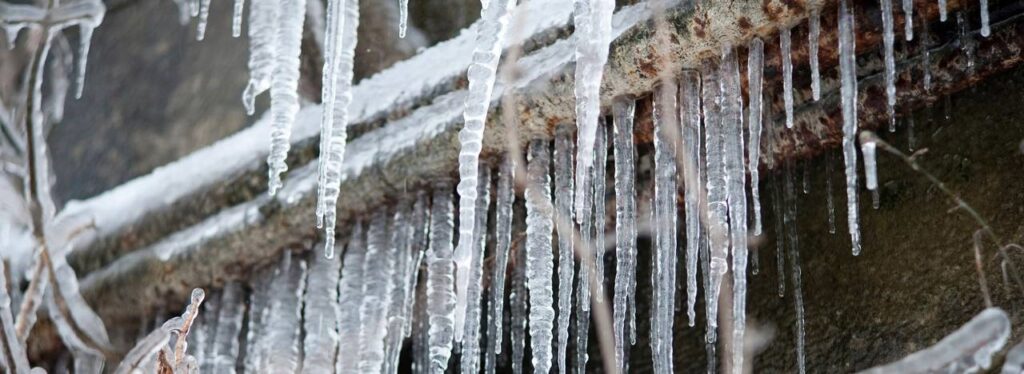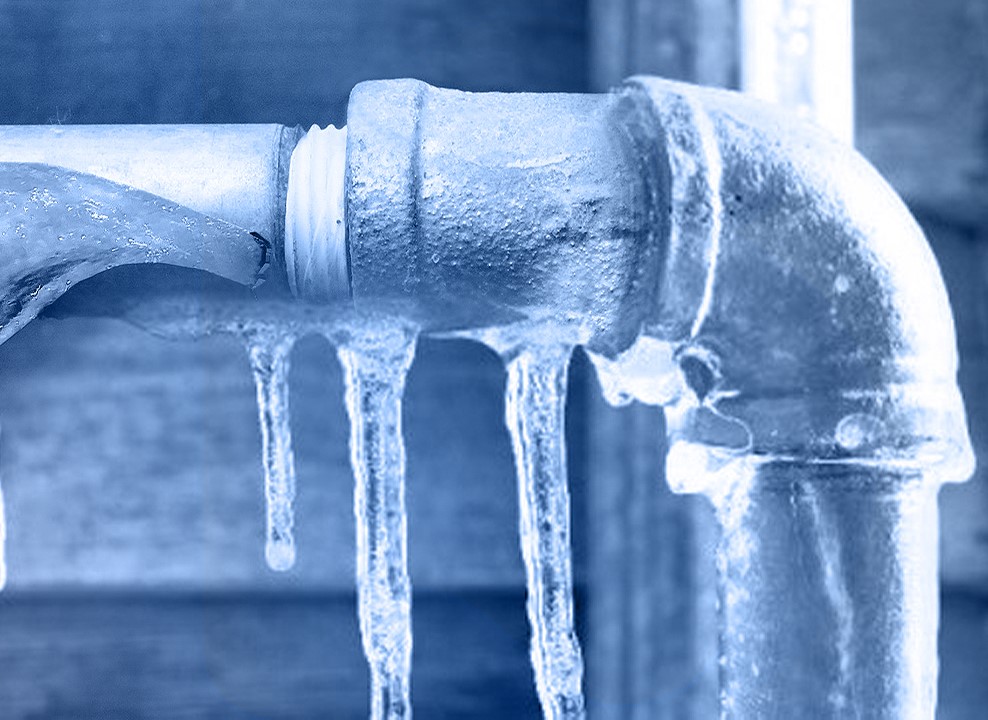Protecting Pipes from Cold Weather: Top Tips
Protecting Pipes from Cold Weather: Top Tips
Blog Article
Each person has their own theory when it comes to Prevent Frozen Pipes .

Winter can ruin your plumbing, particularly by freezing pipelines. Here's exactly how to stop it from taking place and what to do if it does.
Introduction
As temperatures drop, the threat of icy pipelines rises, possibly leading to expensive fixings and water damages. Understanding just how to stop icy pipelines is critical for home owners in cool climates.
Comprehending Icy Pipes
What triggers pipelines to freeze?
Pipes freeze when subjected to temperature levels below 32 ° F (0 ° C) for extended periods. As water inside the pipes freezes, it broadens, taxing the pipeline wall surfaces and possibly creating them to burst.
Dangers and damages
Frozen pipes can lead to water system disturbances, home damage, and expensive repair work. Burst pipes can flooding homes and create considerable architectural damage.
Signs of Frozen Pipes
Recognizing frozen pipelines early can prevent them from breaking.
How to recognize frozen pipelines
Look for decreased water flow from faucets, uncommon smells or noises from pipes, and noticeable frost on revealed pipelines.
Avoidance Tips
Insulating vulnerable pipelines
Cover pipes in insulation sleeves or use heat tape to safeguard them from freezing temperature levels. Concentrate on pipelines in unheated or outside locations of the home.
Heating methods
Maintain interior rooms properly warmed, particularly locations with pipes. Open cupboard doors to enable cozy air to circulate around pipes under sinks.
Shielding Exterior Pipes
Yard hoses and outdoor faucets
Separate and drain pipes yard pipes prior to winter months. Set up frost-proof spigots or cover outdoor faucets with shielded caps.
What to Do If Your Pipes Freeze
Immediate actions to take
If you believe icy pipelines, maintain taps available to relieve pressure as the ice thaws. Make use of a hairdryer or towels taken in hot water to thaw pipes slowly.
Long-Term Solutions
Architectural adjustments
Consider rerouting pipelines away from exterior wall surfaces or unheated locations. Include additional insulation to attic rooms, basements, and crawl spaces.
Updating insulation
Buy premium insulation for pipes, attics, and walls. Appropriate insulation assists maintain regular temperatures and decreases the threat of frozen pipelines.
Conclusion
Preventing icy pipes needs positive actions and quick actions. By recognizing the reasons, signs, and preventive measures, home owners can protect their plumbing throughout cold weather.
5 Ways to Prevent Frozen Pipes
Drain Outdoor Faucets and Disconnect Hoses
First, close the shut-off valve that controls the flow of water in the pipe to your outdoor faucet. Then, head outside to disconnect and drain your hose and open the outdoor faucet to allow the water to completely drain out of the line. Turn off the faucet when done. Finally, head back to the shut-off valve and drain the remaining water inside the pipe into a bucket or container. Additionally, if you have a home irrigation system, you should consider hiring an expert to clear the system of water each year.
Insulate Pipes
One of the best and most cost-effective methods for preventing frozen water pipes is to wrap your pipes with insulation. This is especially important for areas in your home that aren’t exposed to heat, such as an attic. We suggest using foam sleeves, which can typically be found at your local hardware store.
Keep Heat Running at 65
Your pipes are located inside your walls, and the temperature there is much colder than the rest of the house. To prevent your pipes from freezing, The Insurance Information Institute suggests that you keep your home heated to at least 65 degrees, even when traveling. You may want to invest in smart devices that can keep an eye on the temperature in your home while you’re away.
Leave Water Dripping
Moving water — even a small trickle — can prevent ice from forming inside your pipes. When freezing temps are imminent, start a drip of water from all faucets that serve exposed pipes. Leaving a few faucets running will also help relieve pressure inside the pipes and help prevent a rupture if the water inside freezes.
Open Cupboard Doors
Warm your kitchen and bathroom pipes by opening cupboards and vanities. You should also leave your interior doors ajar to help warm air circulate evenly throughout your home.

Do you like more info about Winter Plumbing Precautions: Preventing Frozen Pipes? Try leaving a short review further down. We will be glad to know your opinions about this post. We hope that you come back again in the future. Remember to take the time to share this blog posting if you enjoyed it. I praise you for being here. Kindly check our site back soon.
Call Today Report this page